It's been a while since Mizuno launched an MP iron, but they have made up for it by launching three and a half sets under the MP-18 name.
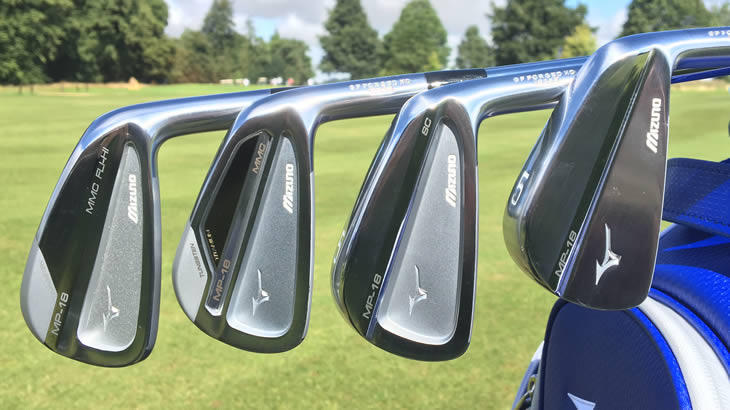
In the past, Mizuno MP numbering was something only a few in the Orient understood the logic of, but now we are going with the years as the MP-18 references the fact that it is the iron for 2018.
The four MP-18 models are designed with blending in mind, hence why they are part of the same review.
In the past Mizuno MP irons were hand ground by their YORO master craftsman who created irons for major winners such as Nick Faldo.

Since the MP-33 though, CAD drawings took over but Mizuno wanted to go back to the old way to recreate their classic MP style, which had probably drifted a little as new materials came in.
The MP-18 was therefore created on computer and then given to the YORO to refine and put Faldo's lines back in and then Mizuno scanned it back into the computer to continue the modern production process.
As usual the MP-18 irons are all 1025E Pure Select mild carbon steel that is Grain Flow Forged, but now they are an HD or High Density forging whereby the grain is concentrated during the forging process for greater feedback.
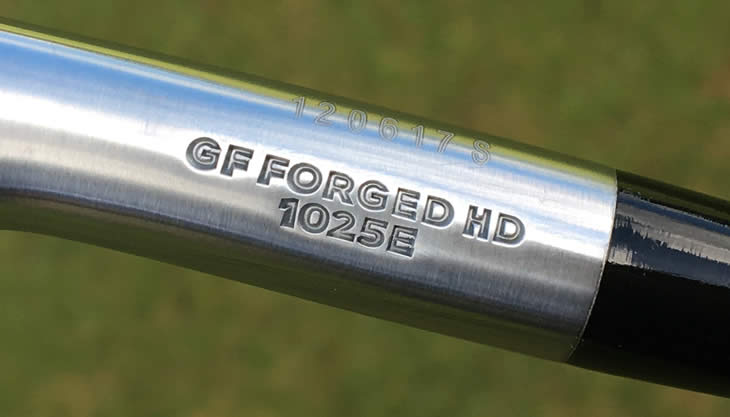
MP-18 Iron Review
The muscle back MP-18 iron is the poster boy of the family and is a simple clean blade.
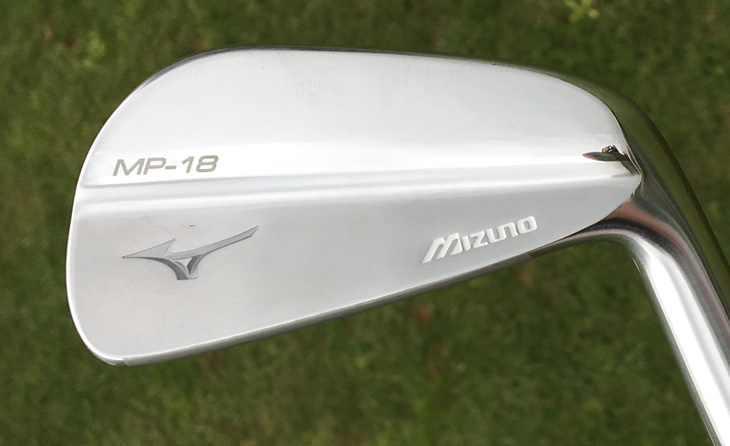
Mizuno tried to keep it as visually sleek as possible and went for a 'white out' on the graphics so the white paint fills are hard to make out and even harder to photograph on a bright day.
Behind the ball the MP-18s look pretty compact with a thin top line, but they do look great.
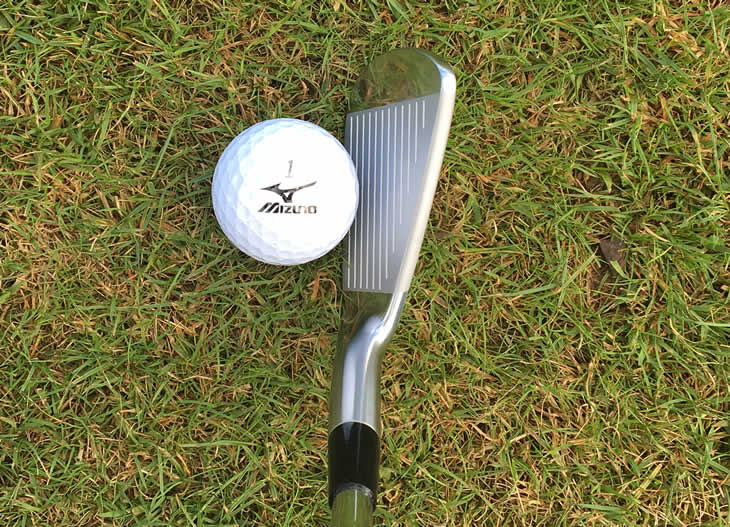
As you go down through the set, the 7-iron to PW get progressively smaller in the name of playability, which some may think of as golfing masochism.
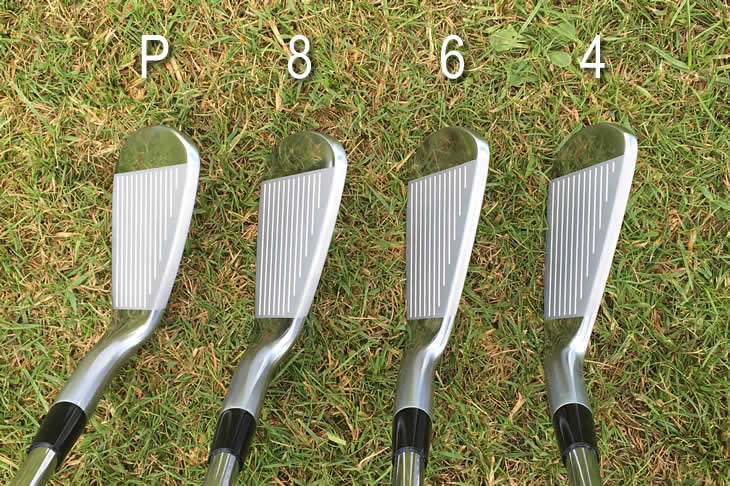
Hit them out of the middle and they do feel as sharp and solid as you would expect a blade of this type to be.
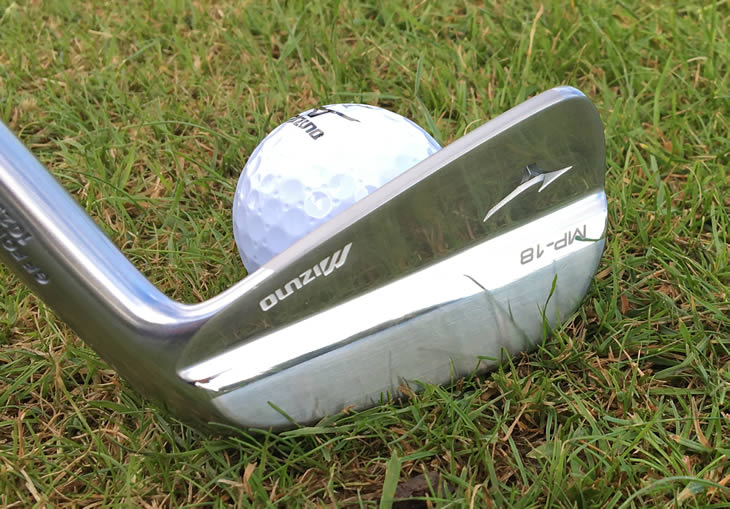
Whilst I remember learning to play with these style of irons growing up when I were a lad (you were lucky), you can now get the same looks with more forgiveness in larger headed irons, so really only elite players who consistently strike the centre of the club and like to work the ball should apply to buy these.

They are lovely and I know you want them, but they should really have a finger health warning and only be given out on production of a tour card for your own safety.
Mizuno MP-18 SC Irons Review
What I would suggest you category 1 single figure handicappers get your grubby paws on are the MP-18 SC irons.
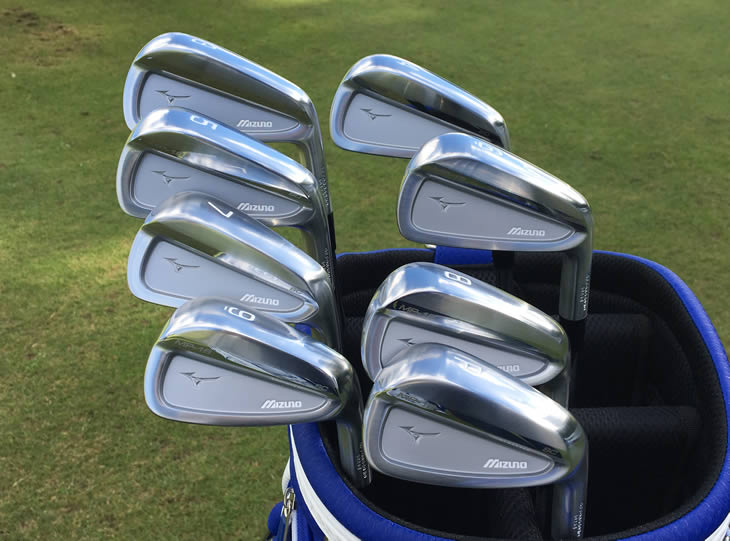
For a long time now I have wondered where the simple, forged Split Cavity iron had gone and thankfully it is still alive and well in the MP-18 SC. The peripheral weighting around the edge of the head gives you that little extra forgiveness at impact, yet you still have the narrow sole and compact top line to make it look like a proper blade.
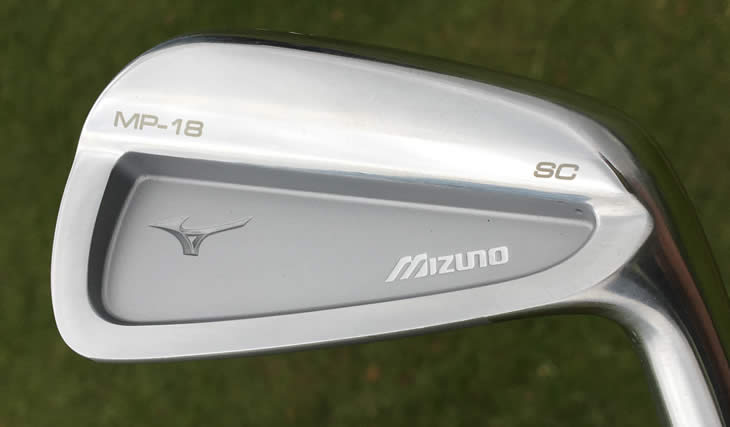
At address it is still pretty compact, so you will still need that blade fetish within you to pick them up, as again the shorter scoring irons are more compact than the longer ones like the 6-iron below.
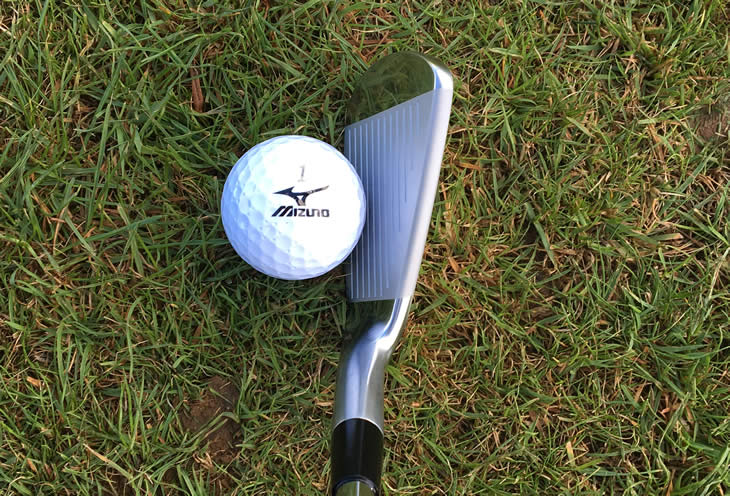
The face is 0.5mm taller and the top line 1mm thicker than the MP-18 blades and you maybe be pushed to notice this visually, but somehow they do look more inviting.
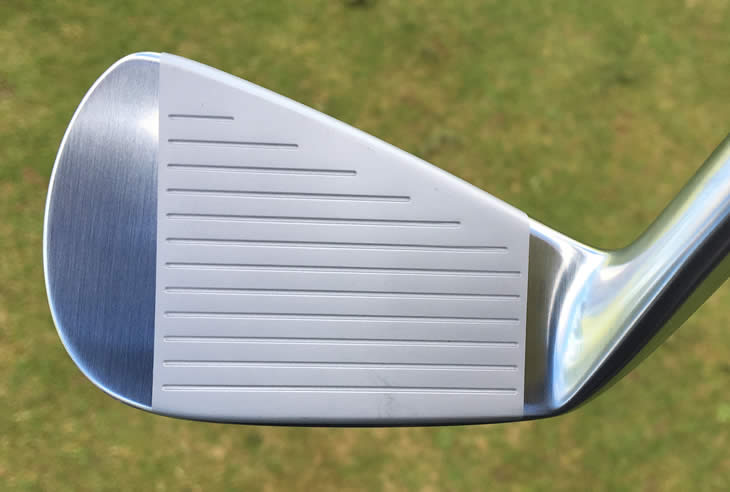
At impact you can start to feel a little bit more feel returning on most shots and certainly the slightly off centre ones, especially in the mid irons.
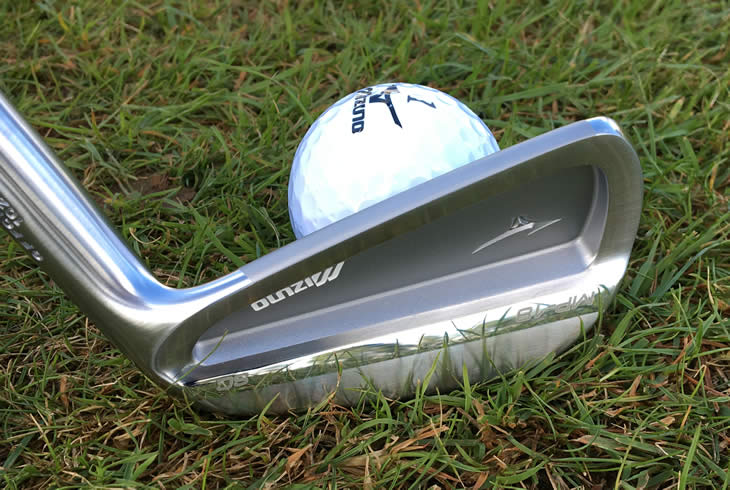
That said, skilled players may take the wedge and 9-iron from this set to blend with the rest of the MP-18 family. Low single figure players could be tempted, but I would urge you to stay with me a little longer.
Mizuno MP-18 MMC Irons Review
OK, I am going to say it. Some traditionalists may not classify the MP-18 MMC as a blade despite the fact that it still looks like one.
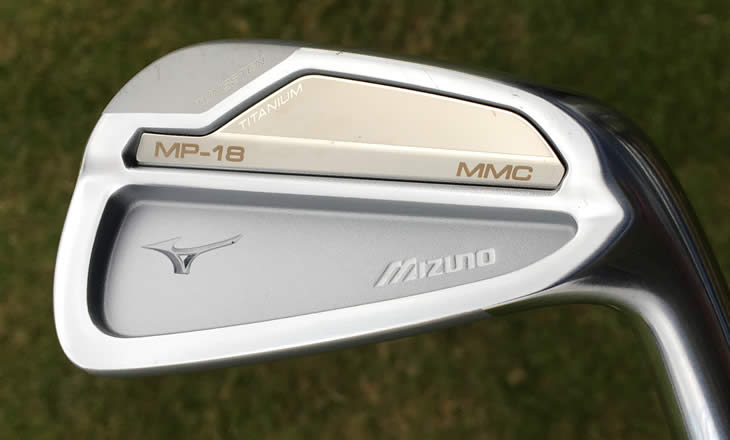
I say that because to some a blade is a single forged piece of golfing love as nature intended it, without any artificial extras.
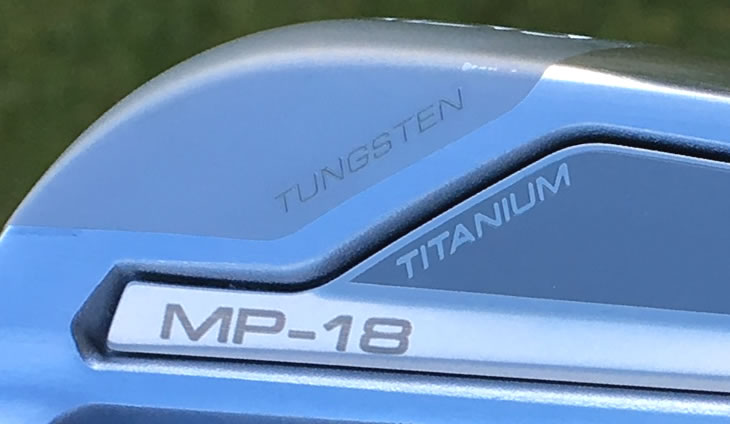
The MMC stands for Multi-Material Construction and Mizuno has forged 8g of titanium into the heads so that they can move additional weight to the perimeter of the sole for more forgiveness.
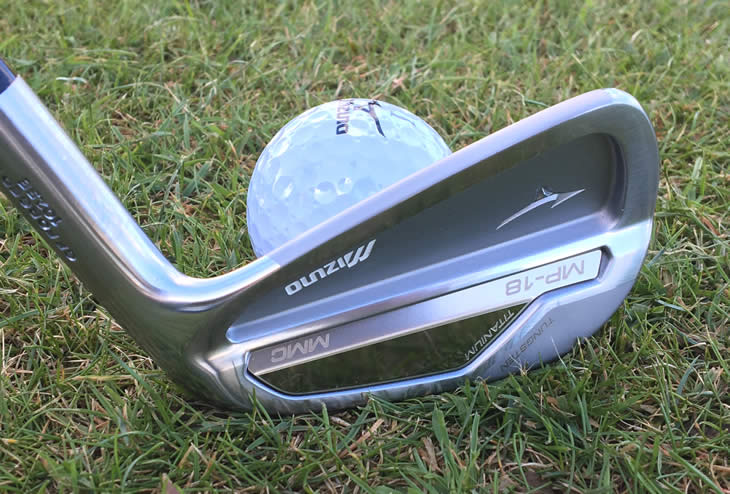
To help further the 4-7 irons also feature a 20 gram toe weight that is helpfully illustrated by the matt finish sections on the sole. This helps move the CG towards the toe to centre the sweet spot and increase the resistance to twisting on off centre hits.
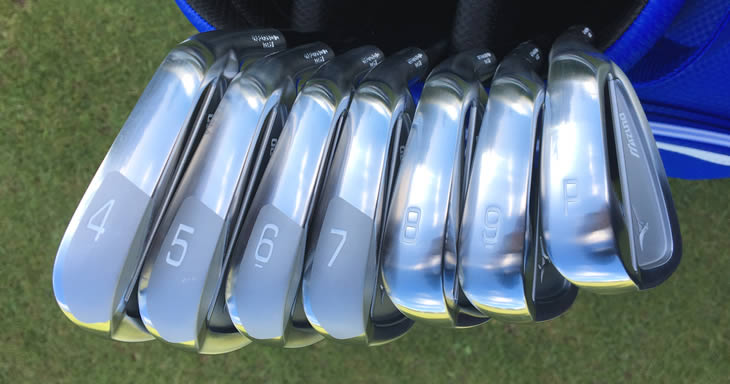
This it does very well and if you test the MP-18 range by going up the sets as I did, then the sense of relief that the MMC iron gives you with that little bit more margin for error is palpable.

The top line and head size are pretty similar to the SC, but the soles are a fair bit wider, hence why I could see some elite players wanting the SC wedge and 9-iron in their MMC set.

Despite all this, the long irons are still quite compact so I could see handicaps of 5 and below migrating to the MP-18 MMC over the others.
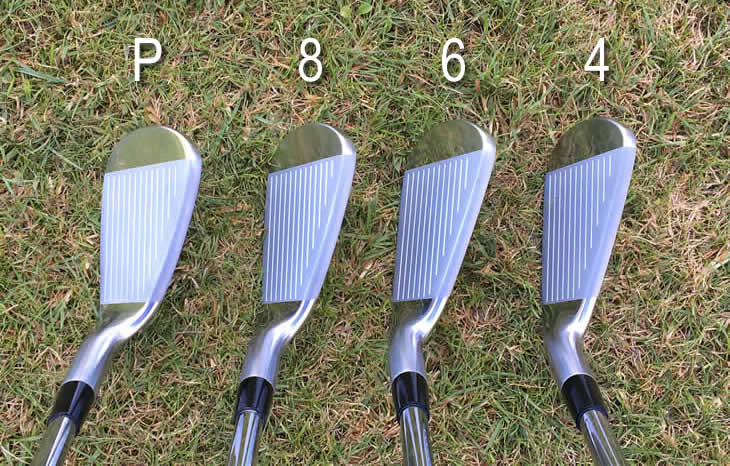
Usually I find that when blade style irons use multiple materials something gets lost in the sound and feel, but Mizuno has done a great job with the MP-18 MMC, as the best thing I can say about it is that despite the naysayers it looks, feels and plays like a MP blade.
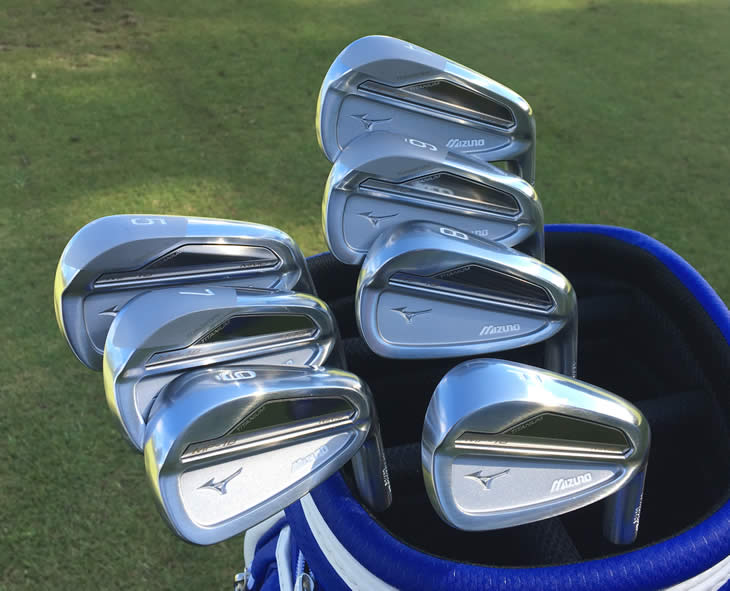
Mizuno MP-18 MMC Fli-Hi Irons Review
And so to the half set that is the MP-18 MMC Fli-Hi, as it is only available in 2 to 5 iron in Europe, or to 6-iron if you live in the USA.
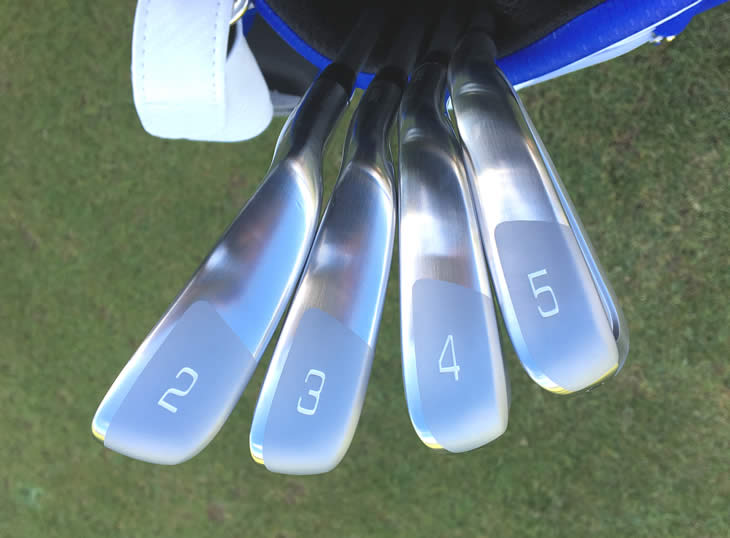
This is the fifth generation of the Fli-Hi franchise that took a detour through the MP-H5 and is a larger cavity backed long iron with a Maraging Steel face, internal cavity and tungsten toe weight.

The H5 had a bit of a backside on it but the MP-18 MMC Fli-Hi looks a lot sleeker and keeps things covered up in the mid irons.
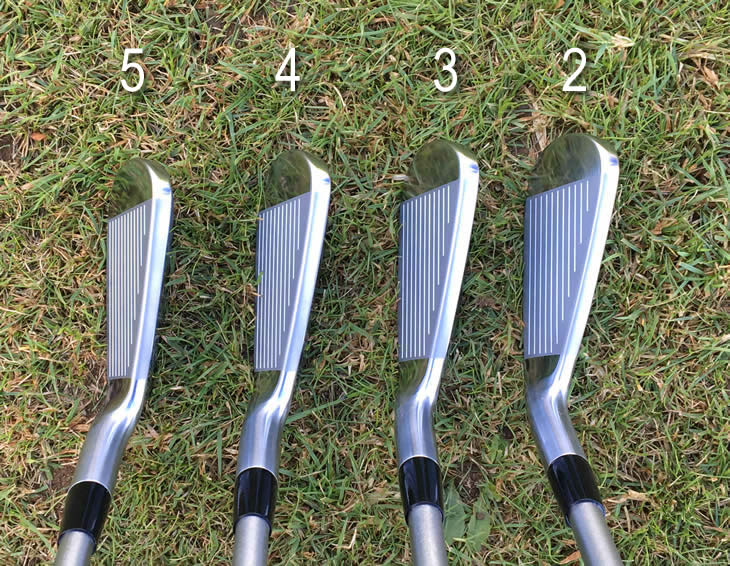
In the 2-iron you can see its derriere sticking out, but Mizuno has used a line of polished chrome to reflect the grass back to the golfer at address so visually it merges into the ground.
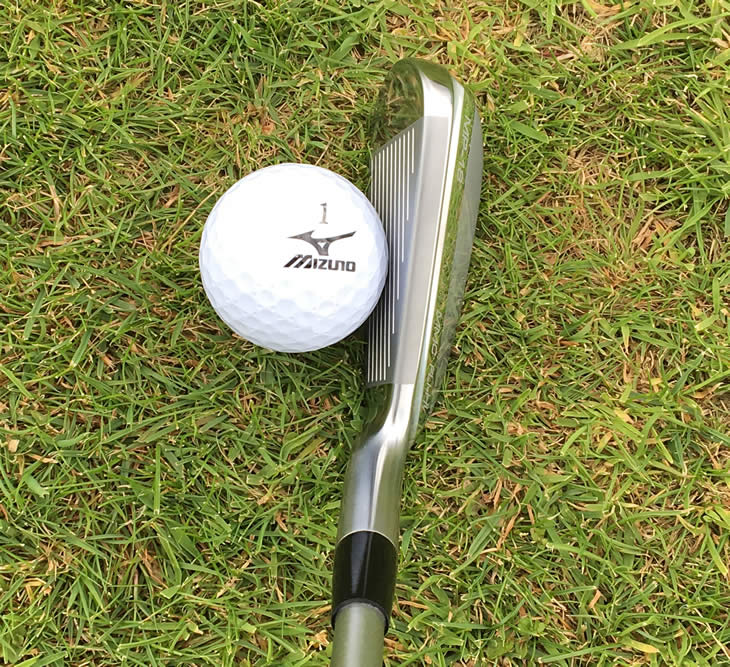
This is good in some ways, but then the top line starts to look very thin, so it's not perfect. The launch and feel is close to it though and as a blade style long-iron replacement it is hard to beat in the market.
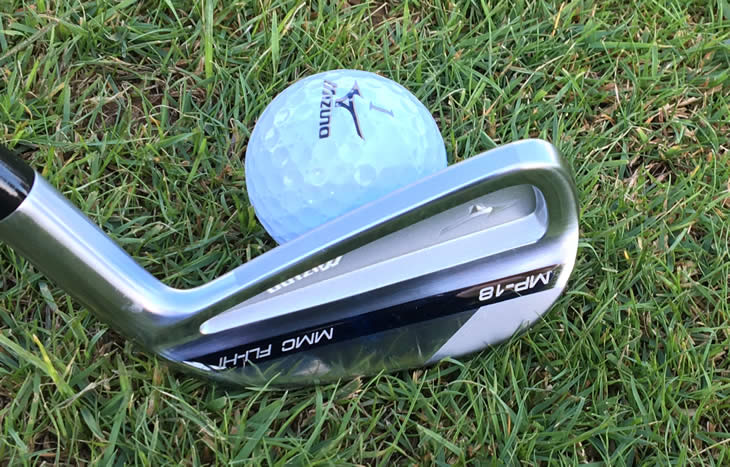
That doesn't mean that it is the answer because some of the lower lofted cavity back game improvement irons like the JPX900 Hot Metal have really come on for feel and performance in recent years. However I know you want blade (style) irons so the MMC Fli-Hi should really be considered from 4 and definitely 3 upwards.
If you need a driving iron then the 2 is very playable and we all know that nailing a 2-iron is one of the best feelings in golf.
Mizuno MP-18 Irons Summary
Lets be clear about one thing first. The whole MP-18 family is really only for 5 handicaps and below who have the clubhead speed and like to work the ball or can strike it consistently.
Even then there are players in this category who should go with the over 5 handicaps who want a forged iron and head on down to the Mizuno JPX900 Forged as that gives you the feel with the forgiveness and ball speed that is hard to compromise on for any sort of warm fuzzy feeling that MP blades give you.
Mizuno has done a good job simplifying their MP category with a single family of irons and it all really points to some form of blended set. Mizuno has also designed the lofts and offsets so that if you adjust them then it will match those of any set within the range that you are blending it with, which is pretty clever.
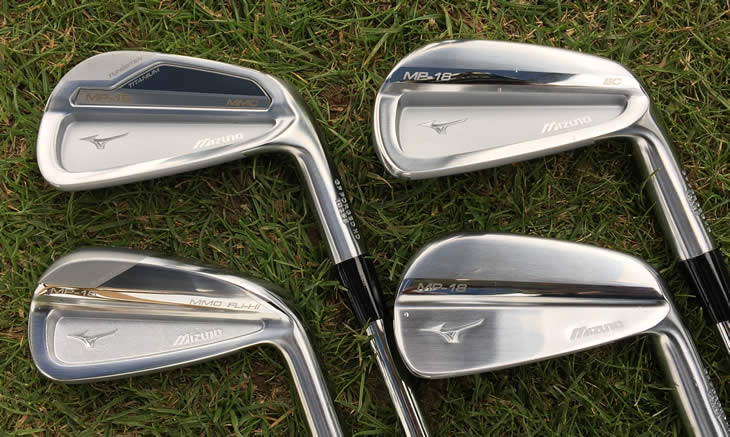
Elite players could start with some MP-18 blades or SC short irons and then continue with the rest of the SC set or head up to MMC or MMC Fli-Hi for the long irons, even if they are both £15 more per club.
Most good club amateurs should probably start with the MP-18 MMC and if they really want a performance wedge then get the SC short irons or the S18 wedge at the same 46 degrees.
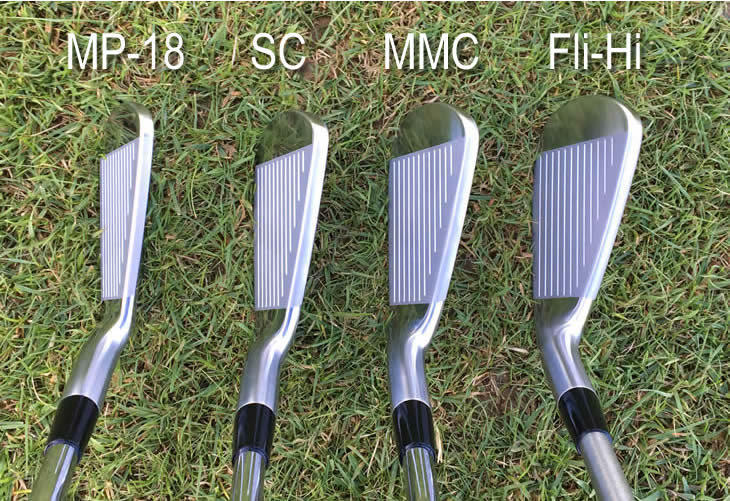
The MMC Fli-Hi should probably start at 4-iron, but don't rule out the 5 as it may be more consistent than your set 5-iron without much change in feel.
Clearly some serious custom fitting is required, so leave plenty of time as there is lots of choice with the excellent MP-18 irons.